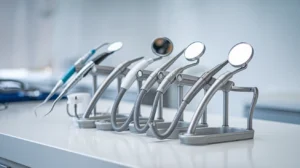
How to Choose the Best Dental Mouth Mirror for Oral Care
Picking the right dental mouth mirror might seem like a small task, but it’s actually pretty important for keeping your teeth and gums healthy. With so many options out there,
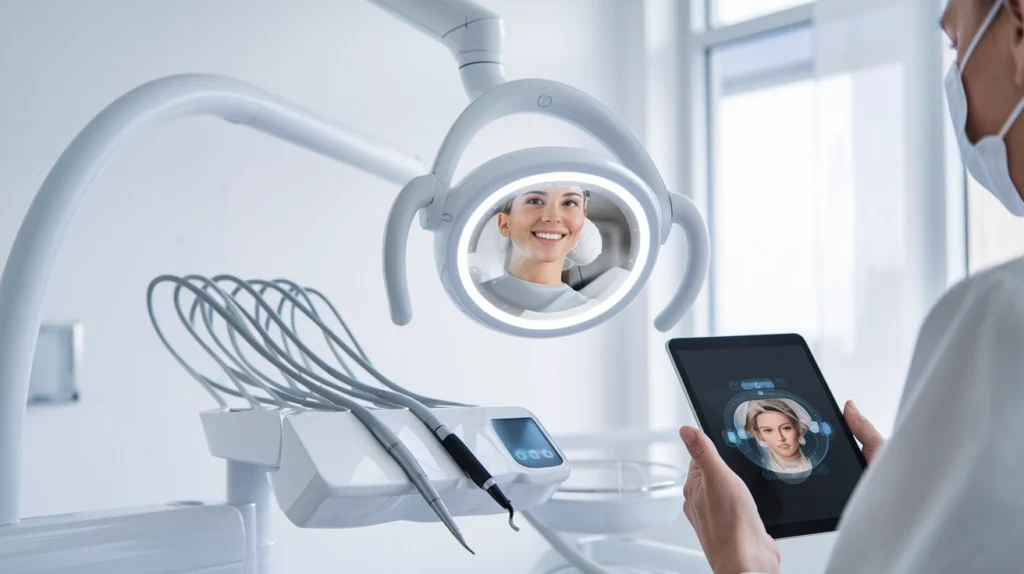
Dental mirrors have come a long way. From simple reflective tools to sophisticated gadgets, they play a key role in modern dentistry. With constant innovation in dental mirrors, these aren’t just about seeing anymore—they’re about improving patient care. Let’s explore how these tiny but mighty tools are changing the dental landscape.
Back in the day, dental mirrors were about as simple as you could get—just a piece of glass with a shiny surface. Imagine trying to spot a cavity with that! But then someone had the bright idea to coat one side of the glass with a reflective material. This was a total game-changer. Suddenly, dentists could see those tricky spots in the mouth much better. Reflective surfaces made dental work way more precise and opened a new era of improved dental care.
Then came magnifying mirrors, which took things up a notch. These mirrors didn’t just show what was there; they zoomed in on the teeth. It was like switching from a regular TV to HD. Dentists could now spot small cavities and other issues much earlier. This meant treatments could start sooner, potentially saving patients from more serious problems down the line.
Fast forward to today, and we have smart mirrors that are practically out of a sci-fi movie. These aren’t just about reflection anymore. Think augmented reality and sensors! Smart mirrors are transforming diagnostics by offering more than just a view—they help dentists understand what’s happening in the mouth. It’s not just about seeing anymore; it’s about knowing. These innovations have made dental diagnostics not just about looking but truly understanding what’s going on inside your mouth.
Today’s dental mirrors are not just about reflecting light; they are designed with comfort in mind. Dentists now have access to ergonomic designs that make holding and maneuvering these mirrors much easier during lengthy procedures. These designs often feature angled handles and lightweight materials that help reduce fatigue for dental professionals. The focus is on making these tools as user-friendly as possible, ensuring smoother experiences for both dentists and patients.
Hygiene is a top priority in dental practices, and modern mouth mirrors have adapted to meet these needs. Many are now available in disposable forms, ideal for one-time use, which significantly reduces the risk of cross-contamination. On the other hand, sterilizable options remain popular, allowing for repeated use after thorough cleaning. This dual approach helps maintain high standards of infection control in dental clinics.
The integration of digital technology into dental mirrors is a real game-changer. Some mirrors now come with built-in cameras or sensors, providing real-time images that can be displayed on a screen. This advancement not only aids in diagnosis but also improves patient communication, as they can see what the dentist sees. This tech-savvy approach is paving the way for more precise and informed dental care.
Modern dental mirrors go beyond being simple reflective surfaces; they are evolving into sophisticated tools that blend comfort, hygiene, and technology to enhance the efficiency of dental practice and patient care.
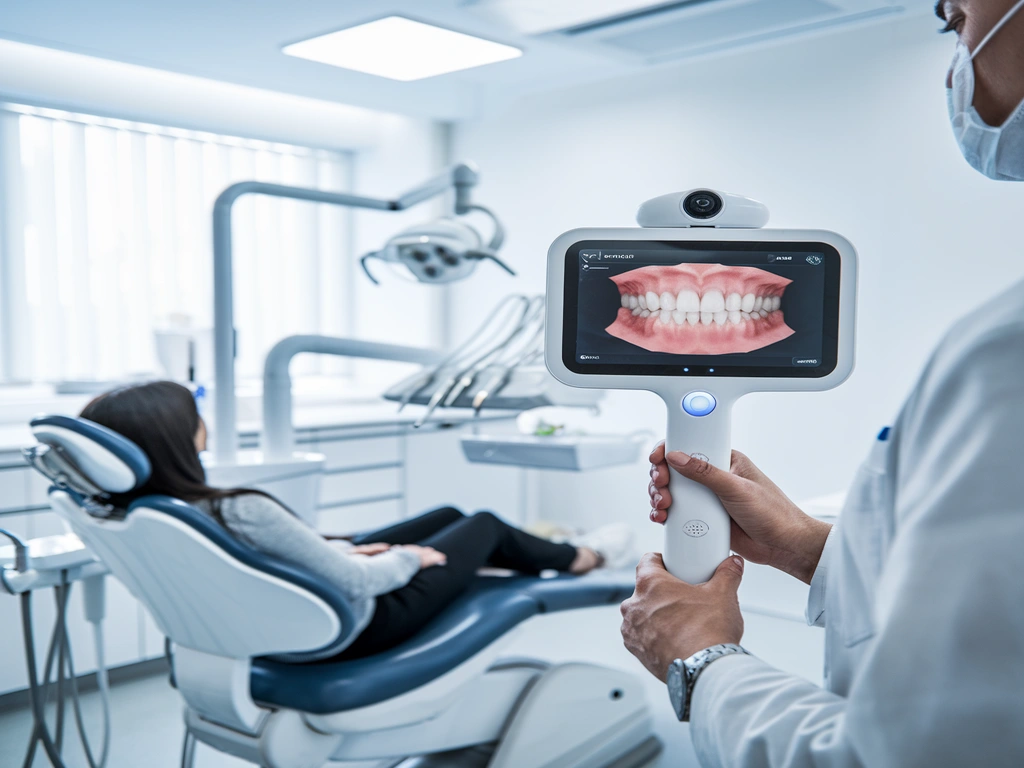
Dental mirrors are like the unsung heroes in a dentist’s toolkit. They let dentists peek into those tricky spots in the mouth that are tough to see otherwise. Without these mirrors, dentists would struggle to spot issues that need fixing. They allow for indirect vision, meaning dentists can see the back of a tooth or other hard-to-reach areas just by looking in the mirror. This tool is crucial for precision, ensuring that treatments are done accurately.
Minimally invasive dental techniques are all about saving as much of the natural tooth as possible. Dental mirrors play a big role here by giving a clear view of the area needing treatment. They help dentists perform procedures with less damage to surrounding tissues. This approach not only helps in maintaining oral health but also speeds up recovery times for patients.
Patient safety is a top priority in dentistry, and dental mirrors contribute significantly to it. By offering enhanced visibility, these mirrors help in protecting patients from accidental injuries during procedures. They also aid in maintaining a sterile environment; many modern mirrors are designed to be easily sterilized or disposed of after use, reducing the risk of infection.
Dental mirrors are more than just reflective surfaces; they are essential tools that enhance the dentist’s ability to provide safe and effective care.
Keeping dental mirrors clean is super important. These tools go right into a patient’s mouth, so they need to be spotless. Proper sterilization methods are key here. Dentists often use autoclaves or chemical disinfectants. But, sometimes, even the best practices can fall short, leading to risks of cross-contamination. It’s crucial for dental clinics to have strict protocols to ensure that every tool is safe for use.
Dental mirrors can be pricey, especially the ones with advanced features like magnification or ergonomic designs. For some clinics, especially those in less affluent areas, buying and maintaining these tools can be a challenge. Here’s a quick look at some factors affecting costs:
Using a dental mirror might seem straightforward, but it actually requires skill and practice. Dentists need to learn how to position the mirror for the best view without causing discomfort to the patient. Training programs often focus on:
Dentists must continuously update their skills to keep up with new tools and techniques. This ongoing education is vital to improving patient care and ensuring the effective use of dental mirrors.
Imagine a mirror that not only shows your teeth but also gives dentists real-time data about your oral health. That’s what OptiView Technologies is doing with their Smart Dental Mirror. These mirrors have sensors that can detect temperature changes, moisture levels, and even specific bacteria. This technology could revolutionize dental care by allowing for quicker, more accurate diagnoses. Dentists could catch potential issues before they become real problems, making visits more efficient.

The push for green solutions is everywhere, and dental mirrors are no exception. Future designs might include biodegradable handles or mirrors made from recycled metals. This not only helps the environment but also attracts eco-conscious patients who want greener options. It’s a win-win for both the planet and the dental industry.
Artificial Intelligence is making its way into dental care, too. Dental mirrors equipped with AI could analyze reflections and spot areas of concern that might be easy to miss. This tech could be a game-changer in identifying early signs of decay or gum disease, leading to better patient outcomes. Imagine your dentist having a little extra help from AI to ensure nothing is overlooked.
The future of dental mirrors isn’t just about seeing better; it’s about being smarter and more sustainable. With innovations like these, dental mirrors are set to become even more essential in modern dental care.
The dental mouth mirror, a staple in modern dentistry, wasn’t always around. Before its invention, dentists relied on basic tools and direct vision, which limited their ability to see into every nook and cranny of the mouth. The introduction of the mouth mirror was a game changer, providing indirect vision and allowing dentists to view areas that were previously hidden. This innovation significantly improved diagnostic accuracy and treatment outcomes. Early designs were simple, featuring a small mirror attached to a handle, but even these basic tools were revolutionary.
Initially, dental mirrors were crafted from materials that were readily available and easy to work with. Typically, these mirrors were made from polished metal, such as silver or stainless steel, offering a reflective surface. Over time, glass mirrors became more common, providing clearer and more reliable reflections. The choice of materials was crucial, as it affected the durability and clarity of the mirror. As technology advanced, so did the materials, leading to the development of mirrors that were more resistant to scratching and corrosion.
The adoption of the dental mouth mirror into everyday practice was gradual but steady. Initially, some dentists were skeptical about its usefulness, preferring to stick to traditional methods. However, as more practitioners began to see the benefits of enhanced visibility and precision, the tool gained popularity. Dentists found that the mirror not only improved their ability to diagnose conditions but also made procedures more efficient. The mouth mirror quickly became an indispensable part of the dentist’s toolkit, symbolizing a new era in dental care where visibility and precision were prioritized.
So, there you have it, the journey of the dental mouth mirror from its humble beginnings to the high-tech tool it is today. It’s kind of amazing to think about how something so simple has been around for ages, yet it keeps evolving. From ancient times when folks used whatever they could find to check out their teeth, to now, with mirrors that help dentists see every nook and cranny of your mouth. It’s clear that innovation never stops. As dental technology continues to advance, who knows what the future holds for this trusty tool? One thing’s for sure, though—it’s here to stay, helping dentists keep our smiles healthy and bright.
A dental mouth mirror helps dentists see the hard-to-reach areas inside your mouth. It reflects light and gives a clear view of your teeth and gums.
In ancient times, people used simple tools and natural remedies like ashes and eggshells to clean their teeth and relieve pain.
The dental mouth mirror was invented in the 19th century and has since become an essential tool in dental practices.
Dental mirrors are usually made of metal and glass. Modern versions might also have plastic parts for disposable options.
Dentists clean dental mirrors using sterilization methods like autoclaves or chemical disinfectants to make sure they are germ-free.
Dental mirrors are important because they help dentists see areas in the mouth that are hard to view directly, making treatments more accurate.

Picking the right dental mouth mirror might seem like a small task, but it’s actually pretty important for keeping your teeth and gums healthy. With so many options out there,
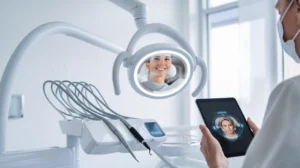
Dental mirrors have come a long way. From simple reflective tools to sophisticated gadgets, they play a key role in modern dentistry. With constant innovation in dental mirrors, these aren’t
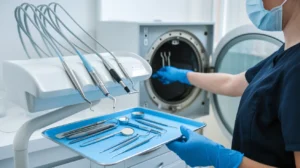
Hey there, dental pros! Today, we’re diving into something super important but often overlooked—how to properly mouth mirror sterilization. If you’re in the dental field, you know these little tools
At The Surgical Kit, we are committed to providing healthcare professionals with the finest tools to ensure precision and safety in every procedure.